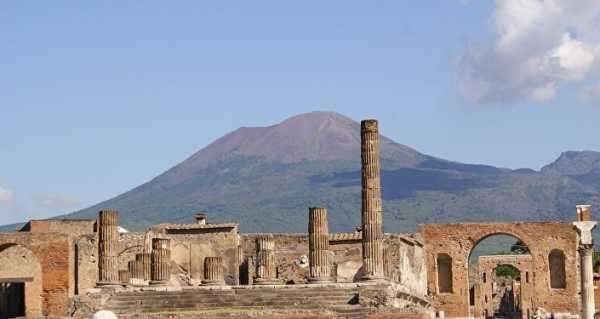
In 79 AD, the city along with several thousands of its inhabitants were buried in ash and pumice following an eruption of Mount Vesuvius, which historians say lasted for two days. Despite its tragic history, the city was largely preserved under the ash and offers a unique look into what life looked like in Ancient Rome.
Italian archaeologists have made a stunning discovery, unearthing an intact four-wheeled chariot in Pompeii, local media reported. According to the Archaeological Park of Pompeii, it was excavated in the suburban villa of Civita Giuliana, beyond the walls of the ancient city. Three years ago, researchers discovered a stable and the remains of three horses in this location.
Massimo Osanna, interim director of the Archaeological Park of Pompeii, described the latest finding as extraordinary and noted that it will provide more insight and knowledge about the ancient world.
Researchers say the chariot was likely a ceremonial one and used to accompany “festivities, parades and processions”.
Digging out the chariot was a daunting task, the archaeologists said. Due to the fragility of materials, the researchers had to resort to micro-excavation. Whenever scientists discovered a void in the chariot, plaster was poured in order to preserve the imprint of the organic material. Thus the archaeologists managed to dig the chariot out intact and in all of its complexity.
It was decorated along both sides, with alternating engraved bronze sheet and red and black painted wooden panels. The chariot’s rear features tin medallions surrounded by decorative motifs. These medallions depict male and female figures in erotic scenes.
According to the Archaeological Park of Pompeii, besides making a discovery, the archaeologists accomplished another task – they prevented the chariot from falling into the hands of looters, who have dug out several tunnels in the area in order to seize archaeological treasures.
Sourse: sputniknews.com






